Tajikistan, “House of Water,” Where Half of The Population Lacks Access to Water
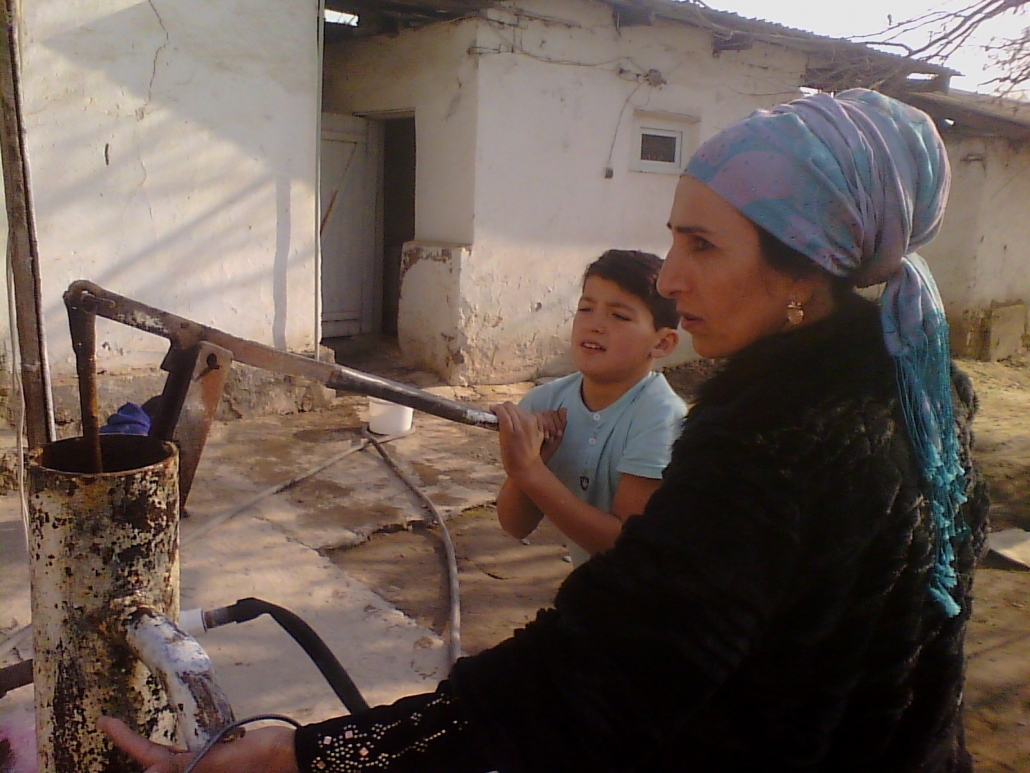
The fact is that in the countries of Central Asia, including Tajikistan, women are mainly engaged in the transportation of water. And every day young women and girls are forced to queue for hours in front of manual water taps, or cisterns, to get water.©Azad Aybek 2020
This article was developed with the support of the Money Trail Project.
By Azad Aybek
On New Year’s Eve 2019, Tayyib Safarov, a resident of Somoniyon, Tajikistan, a small village along the Kyrgyzstan border, went to collect water for her family. On route, she was shot dead.
The shot was fired from the house of a resident in the village of Kok-Tash Batken, on the Kyrgyzstan side of the border, according to a spokesperson for the local mayor’s office.
No one has been arrested in Safarov’s death, but locals like Umedi Jahon believe she lost her life because of ongoing conflict over water access between the neighboring villages. Many Tajik residents lack proper access to clean water. They, like Safarov, travel great lengths – even crossing borders each day – to collect the water they need for cooking and cleaning.
While tensions over water access have existed for a while, Safarov’s murder has made many Tajik women in Somoniyon anxious. “I am very afraid to go outside,” said one female villager on condition of anonymity. “I’m afraid they are about to shoot at me from the other side. But I must go out — since there is no running water in the house.”
What makes the death of this young woman – and the fear that has followed – so concerning is that Tajikistan is a water rich country. Sometimes referred to as the “House of Water,” the country accounts for about 60% of Central Asia’s water resources. According to the Tajik Ministry of Energy and Water Resources, the country is home to some 1,300 lakes and over 900 natural rivers and streams. Tajik geographer Kholnazar Mukhabbatov notes this is particularly remarkable given that the country only occupies 11 percent of the territory in the entire region.
Yet despite this natural water wealth, according to a 2018 UN study, Tajikistan ranks 156th among 177 countries in the world in terms of its population’s access to drinking water.
Only 51.4% of the country’s population have access to clean water, according to Marufjon Abdujabborov,a researcher of the Center for Strategic Studies of Tajikistan. And while urban residents fare better than their rural counterparts, the problem persists across the country.
This begs the question: Why does a country with an abundance of water lack the ability to supply it to all of its citizens?
Why the ‘House of Water’ is failing its people
Though many reasons account for Tajikistan’s failings, the World Bank notes that the primary reason is likely poor infrastructure. Much of the country’s piping, which transports water, was built by the Soviet Union in the 1970s and 1980s. Little of the infrastructure has been updated or upgraded since then, according to the bank.
“It is either in poor condition or entirely absent, especially in rural areas and small towns,” the World Bank report states, adding that even households that have access to water have significant challenges with regard to the availability and continuity of water supplies. “One in four households in Tajikistan does not have access to sufficient quantities of water when needed. Service is interrupted for long periods because of breakdowns in water supply infrastructure.”
Abdujabborov’s research further substantiates the bank’s report: “In cities and towns, only 68% of the existing drinking water infrastructure is in working order, 7% is partially operational and 25% is completely inoperative. As for rural areas, only 40% of the existing infrastructure is in working order, 44% is not working at full capacity, and 16% is inoperative.”
Much of the water that does flow into cities, towns and villages is subsequently contaminated, having mixed with elements from aging pipes or, even worse, sewage.
There is not enough quality control of the existing piping infrastructure or wastewater treatment facilities, according to the State Sanitary and Epidemiological Supervision Service of Tajikistan. Without sufficient systematized water disinfection techniques and water quality control measures, many residents – even ones with access to centralized sources of water – risk drinking polluted water and contracting water borne illnesses.
In 2008, 65% of water pipe lines in Tajikistan did not meet sanitary and hygienic standards, according to a report by the country’s Ministry of Health. The main culprit of pollution is untreated or insufficiently treated wastewater from water supply systems.
The cost of inadequate access to clean water
Residents in Konibodom in northern Tajikistan know the consequences of polluted water. According to a local authority who spoke on condition of anonymity, only 45% of the population there has access to drinking water. The available water can be substantially harder than the norm. In addition to giving water a bitter taste, hardness can also have negative effects on the digestive organs that can include the formation of kidney stones, according to a 1999 study.
“We have a very difficult situation,” says Abdumannon Mukhiddinov, a resident of Konibodom. “I’ll bring water from afar, since the quality of the water [here] is bad and impossible to drink it. I mainly use it for watering trees and bathing the children.”
Residents of the city of Khorog, the administrative center of the Gorno-Badakhshan region bordering Afghanistan, face similar challenges to Mukhiddinov in Konibodom. Yodgor Faizov, the head of the Gorno-Badakhshan Autonomous Region, told the Tajik online publication Asia Plus that half of the population of the city of Khorog does not have access to drinking water.
Women and girls pay the biggest price
The World Bank also noted in a 2017 report that even when households have access to water, there are serious problems in the availability and continuity of water supply. As a result, especially in rural areas, many women and girls are forced to queue every day for hours in front of water pipes, or cisterns to access clean water.
Gulnora Khalmatova, a resident of the Gonchi district in northern Tajikistan, says her 14-year-old daughter often has to skip school to fetch water from a reservoir, waiting four to six hours a day to collect enough to provide for her family.
Khalmatova’s experience isn’t unique. Women and children often assume the responsibility of water collection as part of their household responsibilities, according to the United Nations’ Food and Agriculture Organization. These responsibilities can include cooking, cleaning and bathing children – all activities that necessitate access to clean water.
Change is needed, and yet it hasn’t arrived
In 2015, UN Special Rapporteur on the Right to Safe Drinking Water and Sanitation Léo Heller visited Tajikistan and called on the government to step up its efforts to provide clean water to all of its citizens.
He made special note of the urban-rural divide in water access: “The majority of the rural population are not connected to the centralized water supply and they use and manage pit latrines entirely by themselves. Drinking water and sanitation issues in rural areas seem to be overshadowed by the Government’s concentrated efforts on irrigation water. In addition to the burden of collecting water and managing latrines, which are usually put on women and children’s shoulders, I observed that people in rural areas, who are often poorer, pay much more to secure water than those who are connected.”
One of the UN Sustainable Development Goals is to ensure all citizens have access to clean drinking water and proper sanitation – and each government is obliged to create the conditions necessary to provide that.
Heller called upon the Tajik government to address this divide and ensure all citizens, regardless of wealth, gender or location, have access to water and sanitation in accordance with international law. He recommended the Tajik government begin by examining its funding for water infrastructure. The government’s housing communal service spends less than 0.2% on water and sanitation, he said.
If the government increased that figure even slightly, he said, it might begin to repair some of the worn-out infrastructure – and even build new piping systems to more rural areas. Doing so, Heller argued, would allow the country to make significant economic gains while saving on health care and lost productivity. “The Government must invest in sanitation and water services to guarantee affordable services for the poor and marginalized,” he said.
But, as a poor country, Tajikistan has often turned to outside investment to help it fix its water infrastructure. Tajik President Emomali Rahmon said during his speech at the 2016 Budapest Water Summit that about $1.7 billion dollars had been allocated during the past decade to solve the country’s water problems. He did not specify what percent of that figure came from investments by international donor organizations.
Foreign investment in the water sector of Tajikistan in the form of grants and loans over the past 10 years has exceeded hundreds of millions of dollars, according to a 2020 Tajik news report. A 2019 document listing active projects identified the World Bank, the Islamic Development Bank, the European Bank for Reconstruction and Development, as well as the German, Saudi and US governments, as significant donors.
The future price tag will be even steeper, according to Jamshed Tabarzoda, the head of Tajikistan’s housing and communal services. He said during a 2019 press conference that 10 billion somoni (nearly $1 billion) are needed to provide the population of Tajikistan with clean drinking water. And a 2020 article cited an earlier report that placed the price tag for providing all Tajik settlements with drinking water at $2 billion.
World Bank reports about previous projects have expressed dissatisfaction with the project’s quality, saying that the country’s procurement environment “was not conducive to fair and transparent processes.”
And two years ago, the Fergana news agency analyzed the quality of the multimillion-dollar projects of the water supply system in Dushanbe. It noted that foreign donors allocate millions of dollars for the water supply system in Dushanbe as well as to other cities and regions of Tajikistan. The agency cited excessive spending on foreign experts and transparent conduct of business by local leaders and quoted an anonymous source who alleged corruption in multi-million dollar water supply projects. The government has not responded to the allegation.
Yet despite its water abundance and the investment of hundreds of millions of dollars in improving Tajikistan’s water access and supply, millions of Tajik residents still struggle to access running water, let alone clean water.
The failure to address this issue could lead to others like Safarov dying needlessly for what the United Nations has declared to be a fundamental human right.

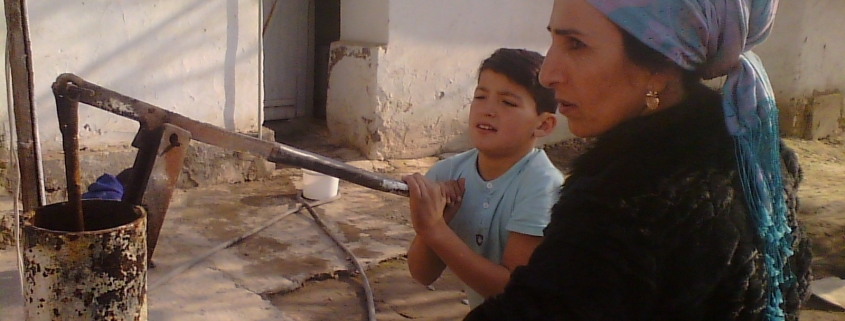


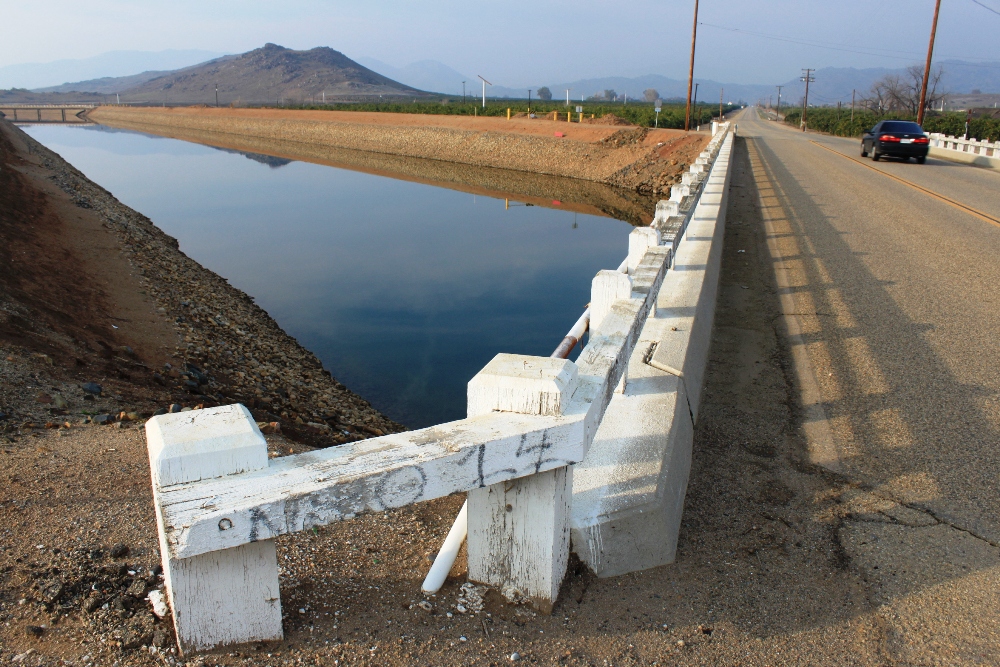
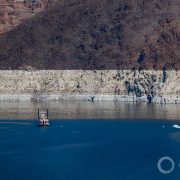

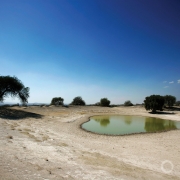


Leave a Reply
Want to join the discussion?Feel free to contribute!